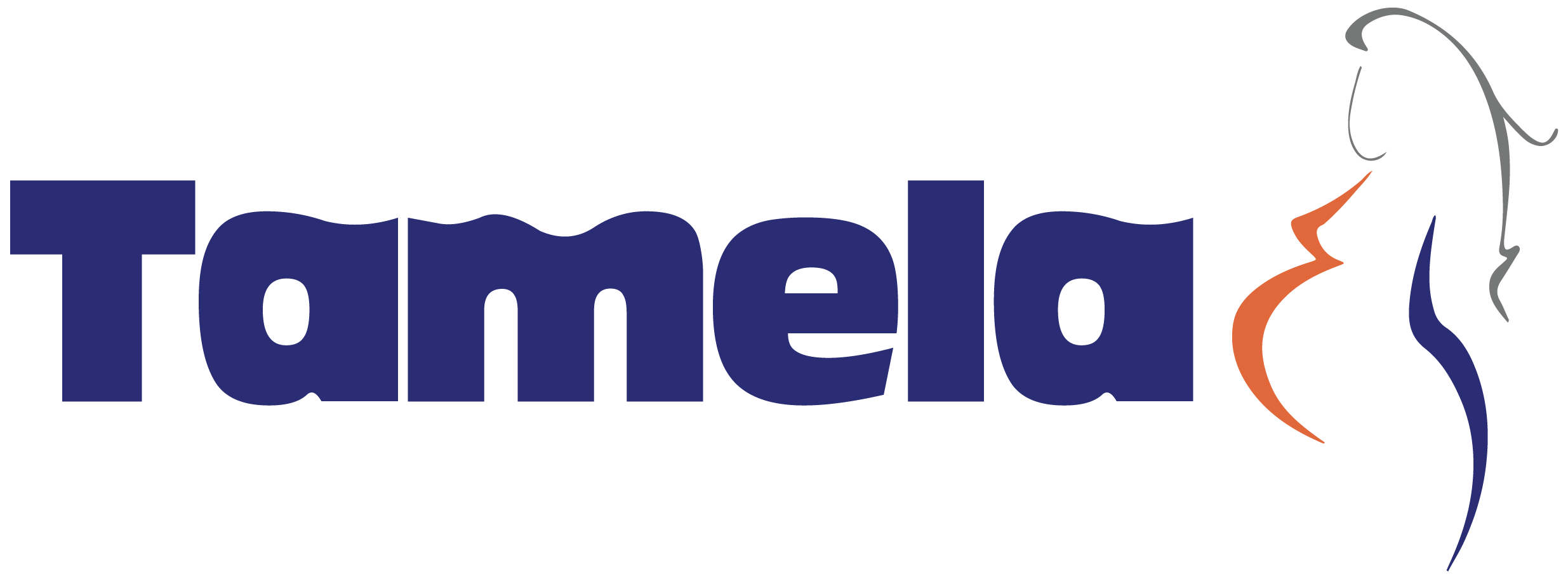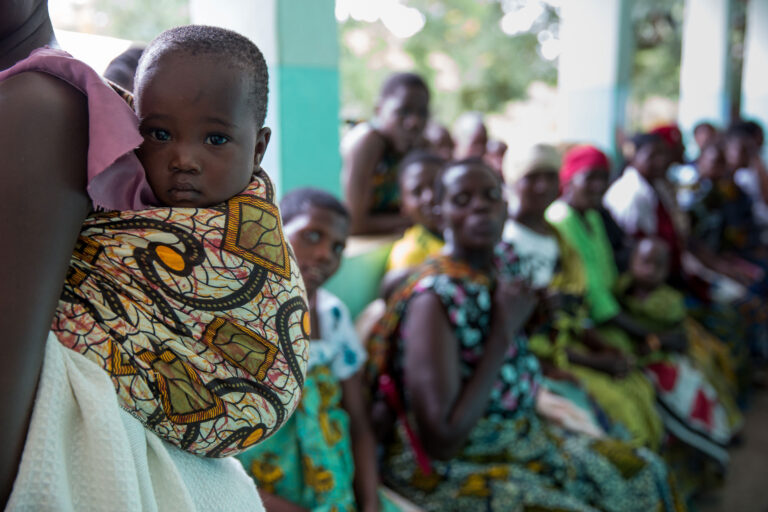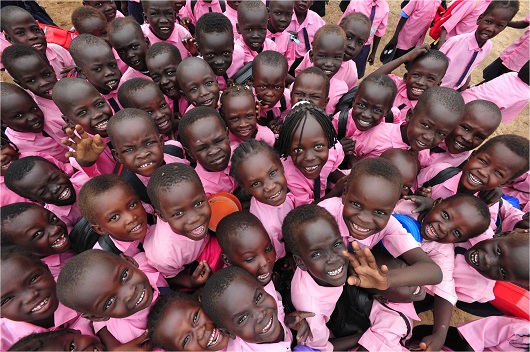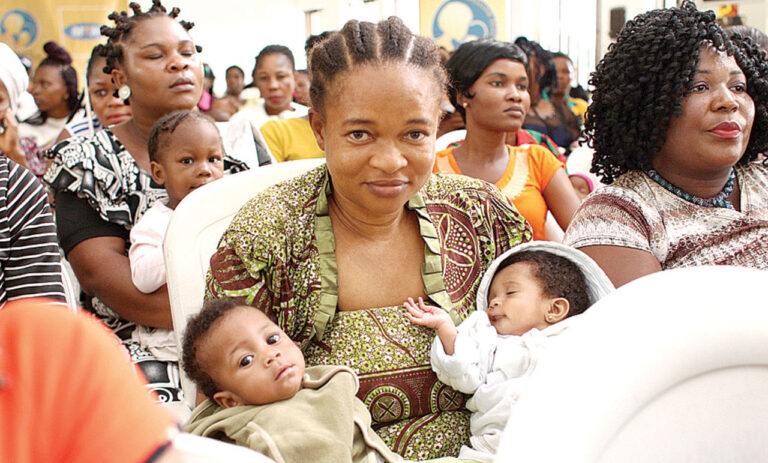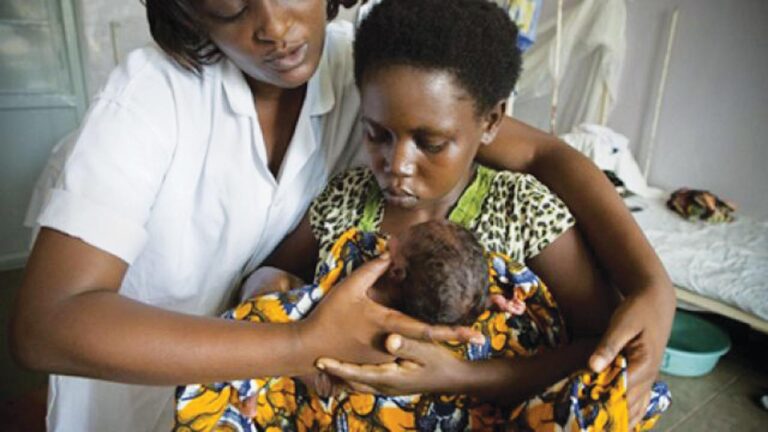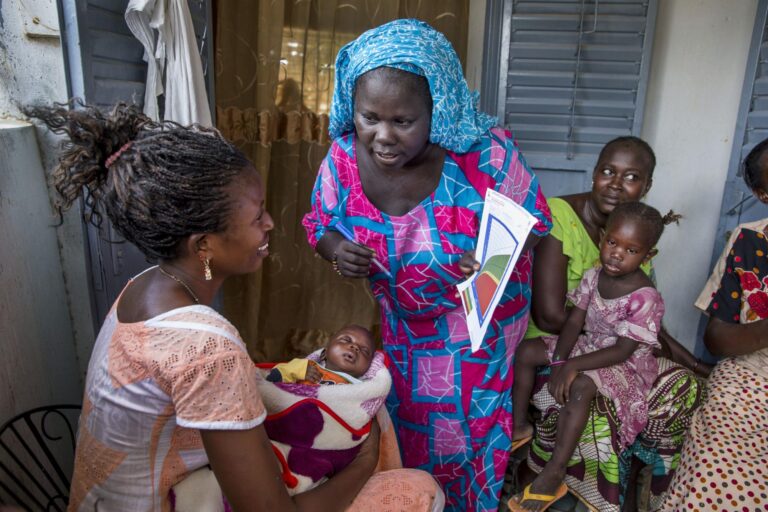In a world where technology is rapidly advancing, mobile healthcare solutions have emerged as a beacon of hope, particularly for regions with limited access to traditional healthcare infrastructure. This article explores how mobile technology is revolutionizing healthcare delivery, especially in the context of addressing infant and maternal mortality in remote and underserved areas. Mobile clinics, telemedicine, and health-related apps are changing the landscape of medical care, presenting opportunities to monitor pregnancies, offer timely medical advice, and provide critical interventions, ultimately leading to reduced mortality rates.
Mobile Clinics: Bridging Geographical Gaps
In regions where healthcare facilities are scarce or distant, mobile clinics offer a lifeline for communities in need. These roving healthcare units equipped with medical professionals and essential equipment bring healthcare services directly to the doorstep of underserved populations. Mobile clinics provide prenatal and postnatal care, vaccination services, and health education. They play a pivotal role in identifying potential health risks during pregnancies and promptly addressing them, contributing to safer childbirth experiences and improved maternal and infant well-being.
Telemedicine: Breaking Down Barriers
Telemedicine has emerged as a game-changer in healthcare, breaking down geographical barriers and connecting patients with medical experts remotely. This innovation is particularly transformative for remote areas where healthcare access is limited. Pregnant women can receive expert consultations through video calls, enabling them to access specialized care that might have been otherwise out of reach. Medical professionals can remotely monitor pregnancies, provide guidance, and identify red flags, ensuring timely interventions to safeguard maternal and infant health.
Health-Related Apps: Empowering Self-Care
In the digital age, health-related apps are empowering individuals to take control of their own well-being. These apps provide access to valuable information on prenatal care, nutrition, and infant health, allowing users to make informed decisions about their health. For instance, apps that track fetal development during pregnancy provide mothers with insights into their baby’s growth and development, fostering a sense of engagement and connection. Moreover, health-related apps enable women to track their own health metrics, detect potential complications early, and seek medical assistance proactively.
Real-World Impact:
The impact of mobile healthcare solutions is palpable in various parts of the world:
- Rural India: Mobile clinics equipped with ultrasound machines and trained healthcare professionals have transformed maternal care in remote Indian villages. These clinics provide essential antenatal care, perform ultrasounds, and offer health education, ensuring that women receive the care they need without traveling long distances.
- Sub-Saharan Africa: Health-related apps have been instrumental in educating pregnant women and new mothers in Sub-Saharan Africa. These apps deliver relevant information on nutrition, vaccinations, and safe childbirth practices, empowering women with knowledge that can lead to healthier pregnancies and improved child health.
- Rural Guatemala: Telemedicine initiatives have linked remote communities in Guatemala with obstetricians in urban centers. Through video consultations, doctors can remotely monitor pregnancies, diagnose complications, and recommend necessary treatments, reducing the need for mothers to undertake arduous journeys to access medical care.
Challenges and Considerations:
While mobile healthcare offers promising solutions, challenges must be navigated:
- Digital Divide: Uneven access to smartphones and the internet can hinder the reach of mobile healthcare solutions in some communities.
- Cultural Sensitivity: Mobile healthcare solutions should be culturally sensitive and consider local practices and beliefs.
- Quality Assurance: Ensuring the accuracy and reliability of remote diagnoses and medical advice is crucial for patient safety.
Conclusion:
Mobile healthcare solutions represent a beacon of hope for addressing the persistent challenges of infant and maternal mortality, especially in regions with limited healthcare infrastructure. Mobile clinics, telemedicine, and health-related apps are transforming the way healthcare is delivered, enabling remote communities to access timely medical care, expert advice, and critical interventions. By leveraging technology, healthcare providers can monitor pregnancies, offer guidance, and ultimately contribute to reducing mortality rates. As mobile healthcare continues to evolve, it holds the promise of bridging gaps in healthcare access and ensuring a healthier future for both mothers and their precious infants.
References:
- Hau, B., & Ross, H. (2017). Mobile maternal clinics in rural India: a long way to go. Reproductive Health Matters, 25(50), 28-35.
- Labrique, A. B., Vasudevan, L., Kochi, E., Fabricant, R., & Mehl, G. (2013). mHealth innovations as health system strengthening tools: 12 common applications and a visual framework. Global Health: Science and Practice, 1(2), 160-171.
- Mitchell, M., Getchell, M., Nkaka, M., Msellemu, D., Van Esch, J., Hedt-Gauthier, B., … & Kruk, M. E. (2013). Perceived improvement in integrated care and its effects on maternal health service utilization and health behaviors in rural Tanzania. PloS One, 8(7), e70494.
